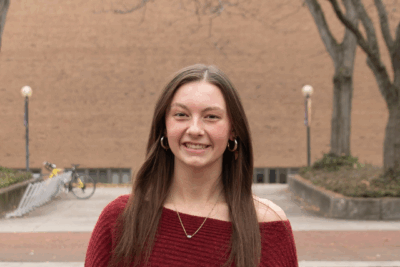My SST group is currently in our fifth week of the study portion of SST in Quito, Ecuador’s capital. Last week, heavy rainfall led to a landslide that left 24 dead on the outskirts of the city, just next to the neighborhood that I currently live in.
Like many cities across the world, Quito’s population has been rising steadily as people migrate to the city in search of work and better living conditions. Unlike most other cities, though, Quito is surrounded by mountains and has a very real geographic size limit that is not conducive to urban sprawl. Real estate in the city proper can be extremely expensive, so as people with low incomes move to Quito, many are forced to build homes on the outskirts of the city where land is cheaper. In the past, these areas were forested and the trees helped to stabilize the mountainsides. As people have built their homes, they have removed many of these trees, leading to less stable ground and minor landslides.Last week’s landslide had another contributing factor: torrential rain. On Sunday, Jan. 30, our group returned to Quito from a weeklong trip visiting Mindo. It had rained about 3.5 liters per square meter on Saturday and continued to sprinkle throughout the evening on Sunday as we returned to our host families’ homes. We had our classes as normal on Monday, although it continued to rain on and off throughout the day. Weather stations in Quito were predicting about 2 liters of rainfall. In La Gasca, the sector where the landslide happened, local authorities said that they received 75 liters per square meter, the highest amount since 2003.
The initial landslide destroyed 8 houses on the mountainside and damaged many more. As the rains continued, rivers of water and mud poured down the roads and into the neighborhoods below, where it washed away cars, dumpsters, and other debris. By Tuesday afternoon, city officials reported that there were 24 people dead and over 40 people injured with some still missing. As the week continued, emergency responders including the police and military searched the area and began to clear the mud from the streets.
In the neighborhood where I live, which is right next to La Gasca, we were very lucky. There was mud on many of the streets, but none of the buildings were damaged and most people were able to salvage their cars, which were covered in mud but weren’t washed away. This weekend, volunteers from across the city joined official workers in their efforts to clean the streets. Apart from a slight residue of mud, things in our neighborhood are back to normal.
As the city moves on, I am left wondering what will happen to the people who have lost their homes. According to the news, as well as my host family, there has been very little government assistance for the people directly affected by the landslide. What will happen when the next landslide occurs? People are continuing to build homes on the mountainside, and the city needs to face this housing crisis before more people are hurt. With climate change increasing, extreme rainfall like this will not be an isolated event. Low-income people are the ones most vulnerable to the increasing natural disasters around the world, and that pattern is one that can be seen even in Goshen.
As our group continues on our SST experience, I think that many of us will consider the natural geography of Quito and the beauty of the mountains in a new light.



